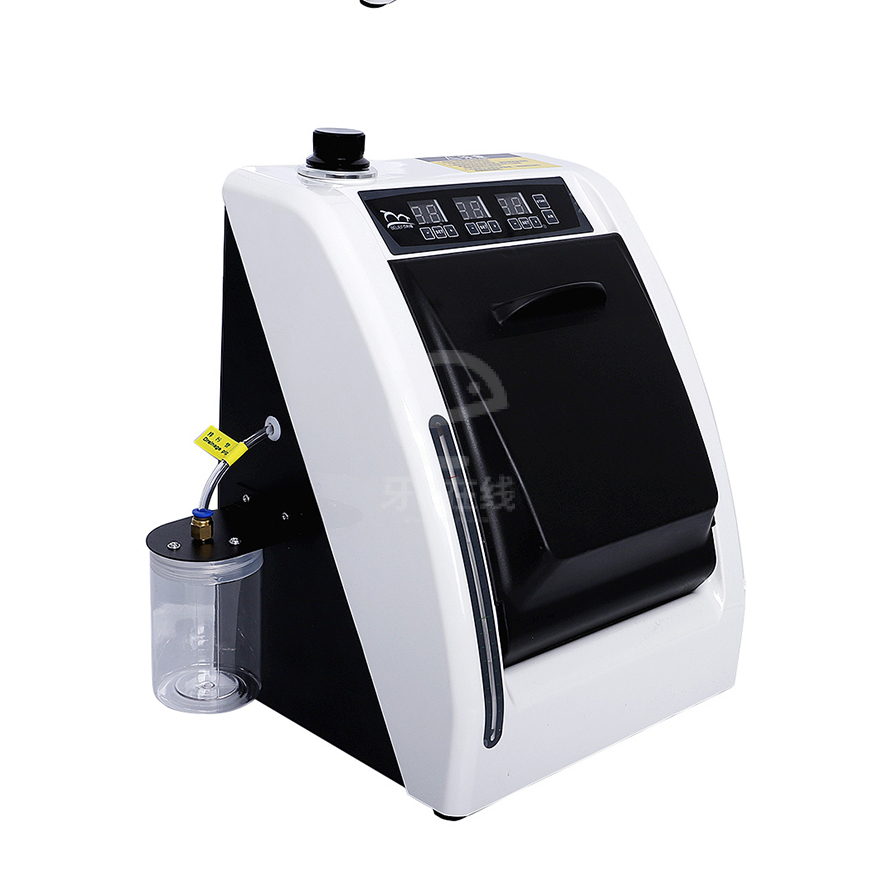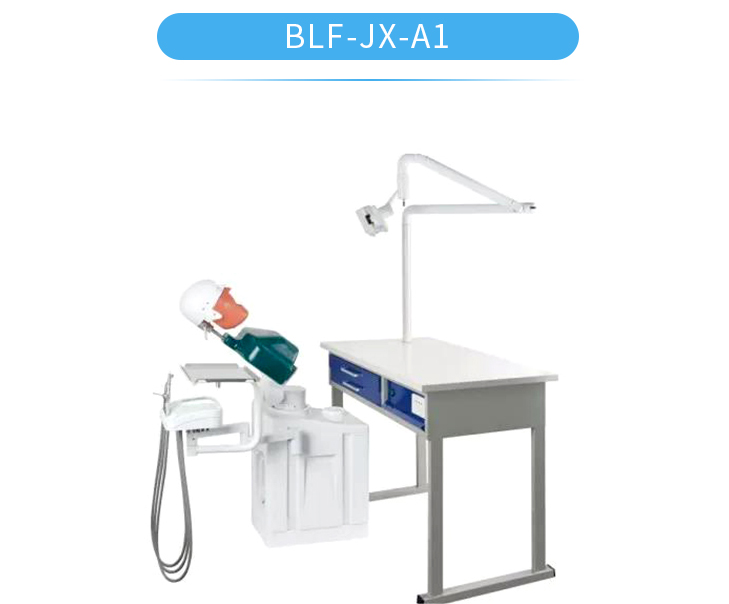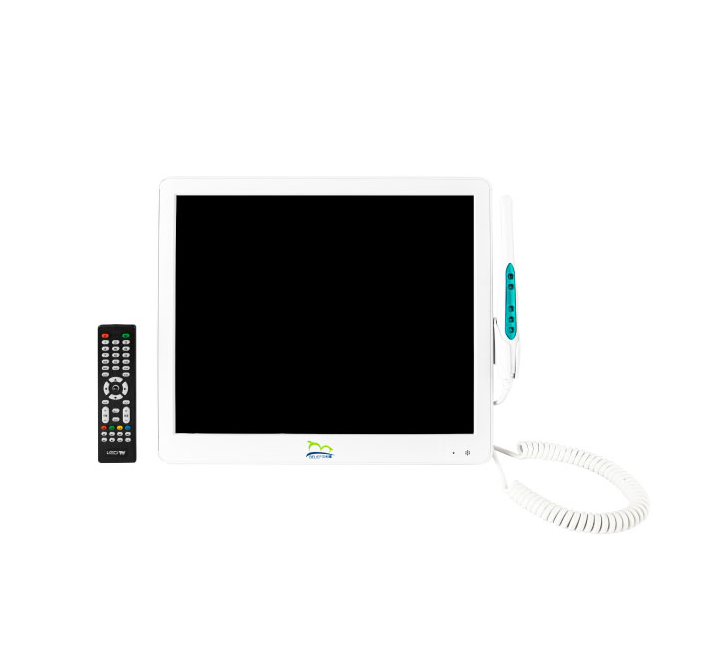orthodontic tools names
Orthodontic tools names encompass a comprehensive array of specialized instruments essential for dental alignment procedures. These tools include archwires, which serve as the primary guide for tooth movement, brackets that attach to teeth and hold the archwires in place, and ligatures that secure the connection between brackets and wires. Advanced instruments like self-ligating brackets eliminate the need for elastic ties, providing more efficient treatment. Digital scanning tools have revolutionized impression-taking, replacing traditional mold methods with precise 3D imaging technology. Pliers, specifically designed for orthodontic work, come in various forms including how pliers for wire bending, ligature directors for placement, and cutting instruments for wire trimming. Modern orthodontic tools also include temporary anchorage devices (TADs), which provide stable anchor points for complex tooth movements. Diagnostic tools such as digital X-ray machines and intraoral cameras enable detailed treatment planning and progress monitoring. The evolution of these tools continues with the integration of computer-aided design and manufacturing (CAD/CAM) technology, allowing for custom-made appliances and more precise treatment outcomes.


